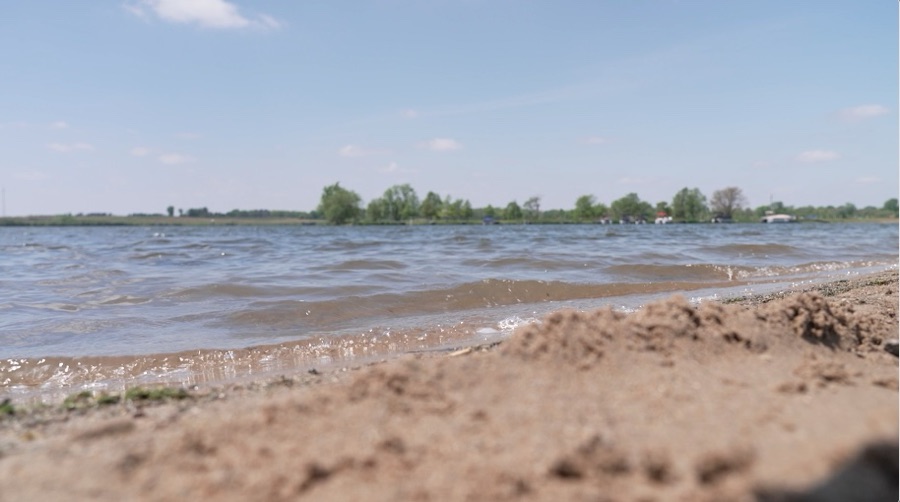
DES MOINES – Known for its scenic lakes and beaches, Iowa emphasizes safety during the summer months through continuous monitoring. The Iowa Department of Natural Resources (DNR) conducts weekly tests of beach waters from Memorial Day to Labor Day, checking for E. coli and microcystins to ensure that conditions are safe for swimmers.
What Is Being Tested?
• E. coli: This bacterium can indicate the presence of harmful pathogens. Elevated levels may lead to minor health issues such as diarrhea or nausea.
• Microcystins: These are toxins produced by cyanobacteria (blue-green algae). Of the tests conducted in 2024, only 2-7% resulted in warnings, impacting seven designated beaches.
When Are Advisories Issued? Advisories are posted in the following situations:
• E. coli levels exceed 126 CFU/100mL (geometric mean) or 235 CFU/100mL (single sample).
• Microcystins exceed 8 µg/L.
It’s important to know that advisories are a precaution, not a complete closure. Swimmers should avoid ingesting water, especially young children and individuals with weakened immune systems, and steer clear of algae-rich areas that appear like oily paint.
How Risky Is It? With E. coli levels at 235 CFU/100mL, approximately 36 per 1,000 swimmers may experience minor ailments. The risks increase with higher contamination levels or if water is swallowed.
Beyond Water Quality: Drowning Risks Most fatalities and injuries at beaches result from drowning incidents. Parents should supervise children closely, be aware of personal swimming abilities, and use life jackets. Swimming in cold spring water can lower body temperature, heightening the chances of drowning.
Stay Safe and Enjoy Iowa’s Lakes Check DNR advisories, avoid areas with algae, and adhere to safety guidelines for a worry-free experience in Iowa’s lakes. For more information, visit iowadnr.gov.


